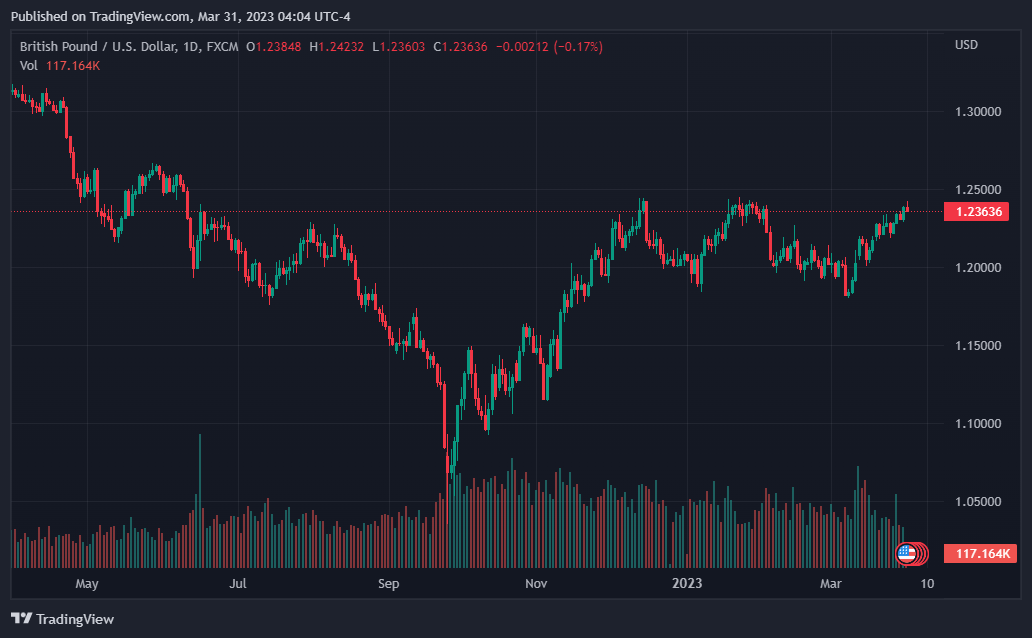Eurozone and US Inflation in focus
OVERNIGHT
Asian equity markets have seen further rises this morning following gains in European and North American markets yesterday. These moves continue a strong week for equities as concerns about banking sectors ease. In another signal of a strong rebound in Chinese economic activity after Covid restrictions were dropped, the March non-manufacturing PMI surged to its highest since May 2011. However, the manufacturing equivalent fell modestly. In Japan, the Tokyo March CPI report signalled a further rise in core inflation but the IMF said that the Bank of Japan should be cautious about removing policy stimulus.
THE DAY AHEAD
Early this morning, the March release of the Business Barometer showed a big rise in business confidence, to its highest level since last May. That was due to large improvements in firms’ assessments of both their own prospects and optimism about the wider economy. Hiring intentions continued to improve and pay expectations nudged up although there are still some tentative signs that these are beginning to level off. Inflation remains the biggest concern for businesses, which still runs well ahead of nervousness about an economic slowdown.
Meanwhile, a short while ago, the release of the second estimate of Q4 UK GDP showed that the economy expanded by 0.1% in the final quarter of 2022 compared with the previous estimate of stagnation over the same period.
Today will see a couple of key price measures that will be watched for indications of whether global inflationary pressures are easing. In the Eurozone, March annual CPI inflation is forecast to post a big decline to 7.3% from 8.5% at the same point a year ago. Already released data for some countries in the area, including France, Germany and Spain, confirm the likelihood of a substantial fall that is primarily due to waning energy prices. However, the European Central Bank will also have a close eye on core inflation and that is expected to rise to 5.9% from 5.6%, an indication that it may be premature to stop raising interest rates.
In the US, February data for the Federal Reserve’s preferred inflation measure – the consumer expenditure deflator – is expected to show only a modest fall in overall inflation to 5.2% from 5.4% in January. Moreover, the core measure may post a small rise to 4.8% from 4.7%. This would be a further sign that inflationary pressures are not falling as quickly as hoped. The February reading for consumer spending is expected to have risen by 0.4%, well down on January’s 1.8% rise but still consistent with a better-than-expected start to the year.
MARKETS
US Treasury and UK gilt yields rose yesterday although the former have slipped slightly overnight. Global bond yields are generally up on their levels of a week ago reflecting the improving risk mood in markets. In currency markets, sterling moved up slightly against both the euro and the US dollar yesterday. 





















